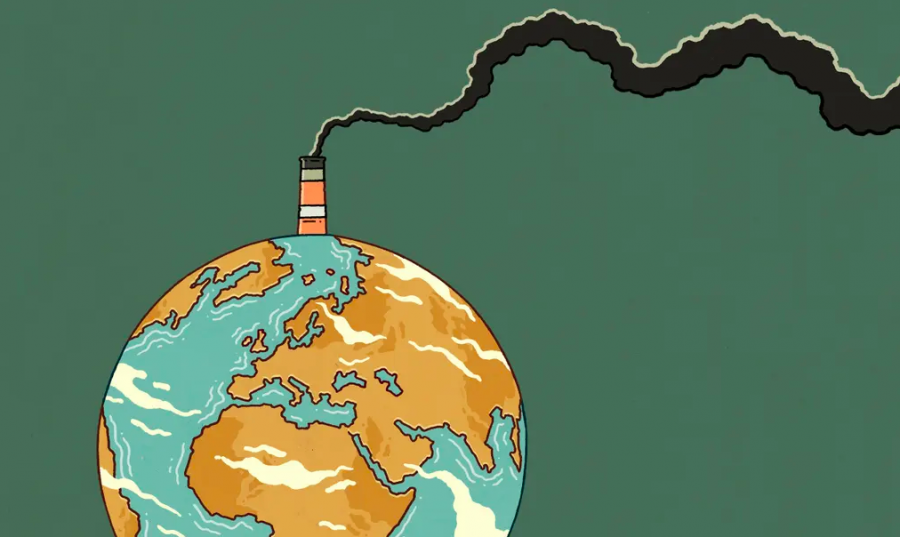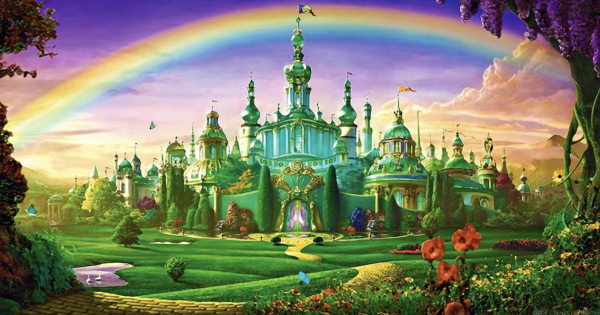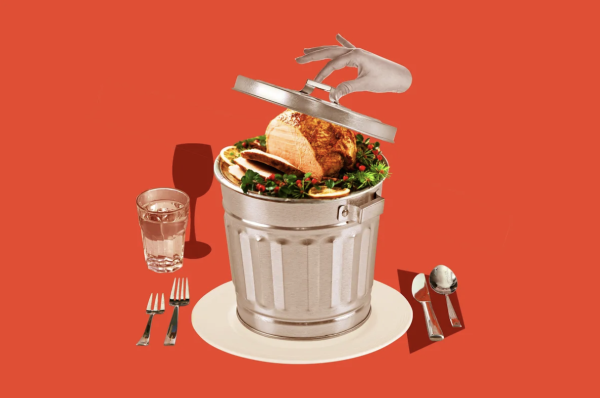Climate Change—The Elephant In The Room!
Climate change is of growing concern to humanity in the 21st Century. Since the 2000s, the effects of climate change have increased enormously from the low levels experienced in 1990 to extreme occurrences witnessed in the western part of the U.S.
This has led to flash floods, devastating wild conflagrations, and sweltering exacerbated to worrying levels.
While this could be a new occurrence in some parts of the world, the western part of the United States is not new to the extreme effects of climate change. Instead, it’s home to severe effects of Global warming.
However, the situation is worsening with time as signs of our incontrovertible and rapidly changing climate becomes clear each day.
According to statistics, higher temperatures, drier forests, lower snowpacks, and a rising sea level are some of the vivid indicators of climate change.
The worsening state of things is attributed to an increasing amount of Greenhouse gases known to corrode the protective Ozone layer, leading to global warming. And the consequences could be detrimental.
Wildfires And Climate Change
Climate change is one of the major causes of frequent infernos across the drier western part of the United States for a few decades now due to the changing snow and rainfall patterns causing a sudden shift in plant communities.
The shift, as well as the climate-related changes in the ecosystems, have increased the likelihood of fires that start abruptly and burn intensely, covering larger tracts of land than ever witnessed in the 1990s.
According to a paleoecologist and wildfire scientist at the University of Montana, Philip Higuera, over five million acres were reduced into ashes, killing tons of wildlife trapped in flames.
High Temperatures And Frequent Drought A Perfect Recipe For Wildfire
Climate change exacerbates the conditions for wildfires. The increasing global warming has resulted in more drought, reduced precipitation, and finally increased biomass in forests and other vegetation.
When strong winds are added into the mix, the resultant is a dangerous recipe for a conflagration that can spread uncontrollably over thousands to millions of acres of land.
California had its worst drought ever in history between 2011 and 2016 before the onset of a heavy downpour.
Reduced Winter Snowpack, And More Severe Drought
As the high temperatures continue to rise even higher, the prevalence of drought as well as the duration of drought increases, posing a ballooning risk of “mega droughts” in the Southwest
The rising temperatures also lead to earlier snowmelt, exacerbating water scarcity, thereby increasing loads of combustible materials in the forest. These materials stack a deck for enormous and more intense fires in the American West more often.
This year, the snow melted early, making the snow cover across the west to drop below the long-term average in February and March.
Changing Rainfall And Snow Patterns
Unlike in the 1990s, global warming has also changed rainfall and snow patterns.
As such, snowpack, which always provides an estimated 30% of summer water needs in the Western U.S., melts earlier in the year, leaving the soil dry for a longer period. The dry soil and plants or vegetation with little moisture content only adds to fire risk.
According to a study done in 2016, more than 70% of the area ravaged by wildfire between 1970 and 2012 occurred in the years in which the snow disappeared early, leaving the land dry.
Effects of Climate Change
Apart from droughts and widespread wildfires, climate change can cause overwhelming health effects on humans. Such health issues include heat stress, worsening water and air quality, which increases the spread of infectious diseases.
An extreme heatwave can also have an adverse effect on humans in the form of heat shock, dehydration, heart attack, and other diseases associated with extremely high temperatures.
Climate change also causes lung cancer and respiratory problems, even in a healthy person.
Solutions to Climate Change
Dealing with climate change calls for a multi-faceted approach, including the use of clean and renewable sources of energy, regulating carbon emission, and enacting effective legislation and ordinances to protect the Ozone layer from depletion.
One of the effective legislation in the western United States is Act S.B. 32 of 2016. The Act was enacted to help the state of California reduce greenhouse emissions by 40% below the 1990 level by 2030.
Other measures, such as renewable energy standards, carbon credit, afforestation, and reforestation, are incredibly essential when it comes to reducing the level of Green House gas emissions by 2030.

Grade: 12
Years on Staff: 3
Why are you writing for The Flintridge Press?
Writing is a fun way to express my opinion and share my passions with...









